Asset-limited, Income-constrained, Employed
Poverty is often misunderstood as an individual problem brought on by individual circumstances. But the data across the country and even in our own community show a very different reality: When one out of two households in our state— 48% in Fayetteville—can’t make ends meet, it’s clear this is a systemic issue, not an individual one.
At Circles, we often talk about ALICE (Asset Limited, Income Constrained, Employed) individuals and households. ALICE is a new way to understand and measure poverty—a way that brings much greater insight and accuracy than the Federal Poverty Line (FPL), an outdated measurement established in 1965 that doesn’t take into account the actual costs of basic household expenses—things like housing, childcare, healthcare, food and transportation. “ALICE” describes households who earn income above the FPL but not enough to afford basic necessities. These are hardworking households, those who pay taxes and contribute to the Arkansas economy and yet live in a continual state of survival, struggling to make ends meet.






SOCIAL CAPITAL
It’s Not Just What You Know, But Who You Know
Social capital is our relationships, social connections, and social networks and the value these networks bring to us. These networks provide us access to resources, opportunities, and benefits, and people use their social capital to make connections for jobs, find information, or get connected to the right resources. At Circles, we believe that social capital is the most valuable yet underutilized resource we have in the work to end poverty. It is integral to the Circles Model.